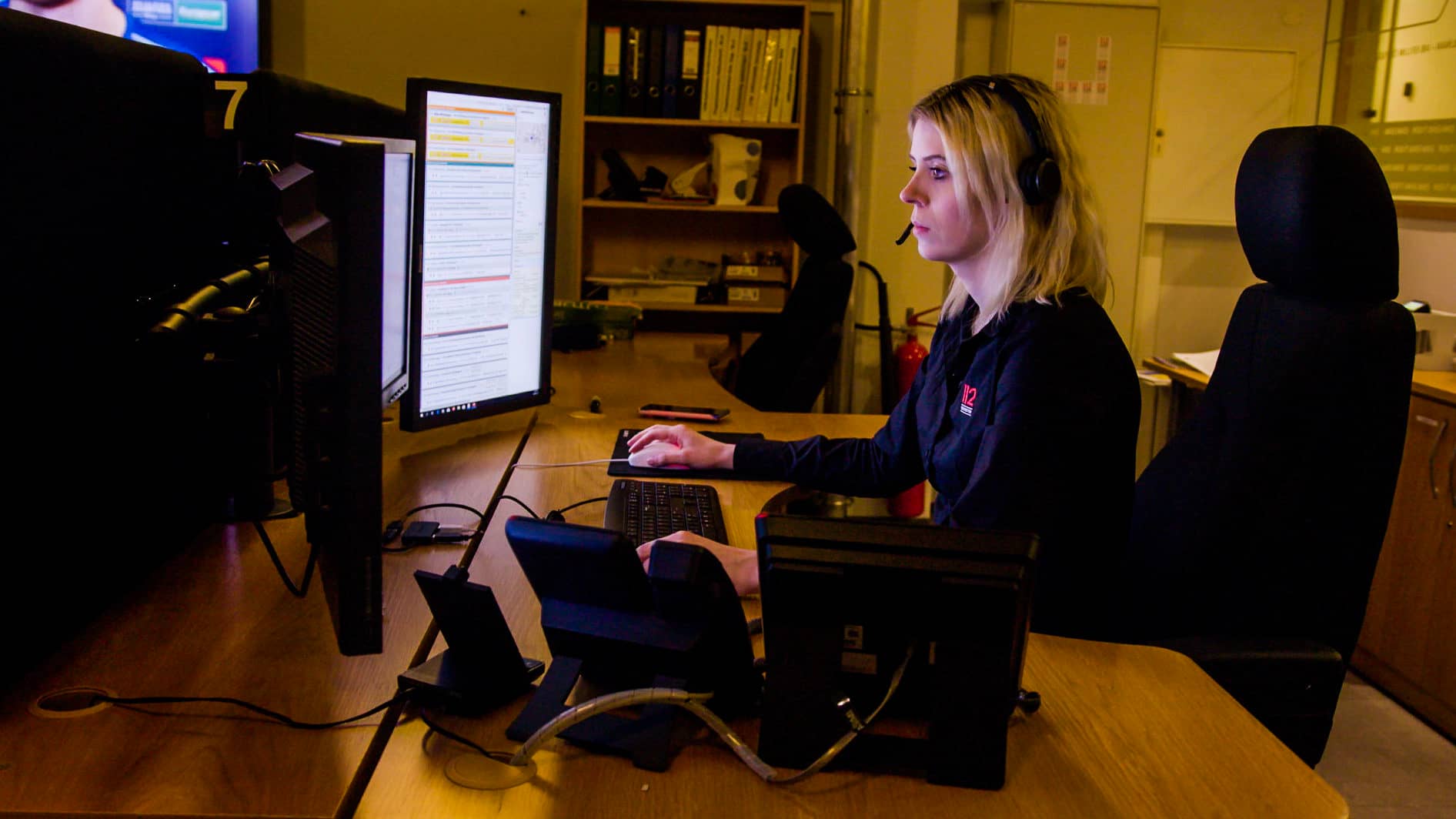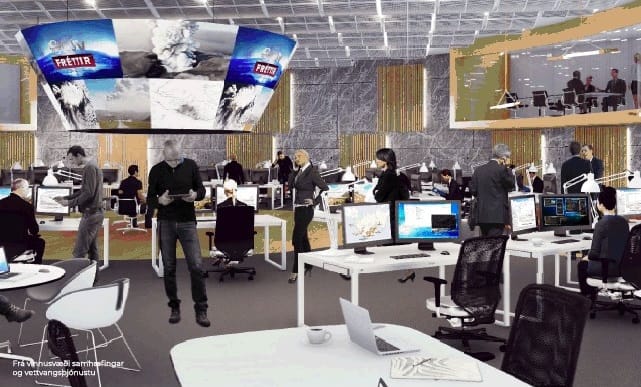Inside the emergency call centre: designing a PSAP
Emergency call centres form the backbone of emergency response. The design and layout of a Public Safety Answering Point (PSAP) can make a significant impact on the lives of the people who work there. What factors need to be considered? Let’s look at some recommendations and lessons learnt from emergency professionals across Europe.
People-friendly PSAPs
The well-being of the PSAP staff should be a priority. How can we ensure that call-takers feel as comfortable as possible when spending long periods of time in front of screens, answering often stressful calls? Decision-makers should listen to those who work in the PSAP, as small changes can make a significant difference. This involves thinking about temperature control, lighting, air circulation, physical space between workstations and ergonomics. The call centre should also have a good acoustic environment, considering that calls are answered simultaneously.
Some countries aim to improve acoustics, temperature control and a sense of visual space by using high ceilings. As the way in which information is accessed is also important, certain PSAPs use this extra height to display information on a video wall. In Bucharest (Romania), the video wall may include dashboards, resource statistics, call lists, and maps showing ongoing cases and resources positions. Other countries, such as the 112 PSAPs in Sweden and Lithuania, consider it more user-friendly to show all the necessary information at the call-takers’ workstations.

Image provided by 112 Iceland.
What about layout?
Enabling collaboration between colleagues is key in many PSAPs. Being able to make eye contact with each other can allow call-takers to make non-verbal contact to ask for help. In addition, locating the PSAP manager’s office so that they are regularly crossing the main call centre room can make it easier for staff to informally intercept the manager to ask for assistance. In some PSAPs, several different agencies share a space. Designers should consider the importance of each agency having their own designated space, but also of the coordinators being able to easily communicate.
For those who haven’t yet visited an emergency call centre, take a virtual tour of the 112 PSAP in Lithuania!
Layout is not just about ensuring colleagues can interact with each other, it also affects factors such as lighting. For instance, workstations should be positioned in a way that does not allow light sources (or transparent, translucent, or brightly coloured walls) to reflect directly onto screens. Data protection regulation also comes into play. What data should be shown on different screens? How should the space be used so that personal data is only accessed by those who need and are authorised to do so?
Taking care of technology
As PSAPs are part of a country’s critical infrastructure, it is crucial that the design of an emergency call centre contributes to the safe and reliable running of technical equipment. Air circulation and temperature control, along with oxygen supply and the provision of adequate safety conditions are all fundamentally important. The design should also consider the need for self-sufficient power supplies and redundancy of equipment, which are important for ensuring continuity of service.
We have seen that there are many important factors to consider when designing a new PSAP. Above all, the design should prioritise the well-being of those who work there and the safe running of technical equipment. As emergency response technology and processes are constantly evolving, flexibility is also key in future-proofing the design.
This information was taken from our document Exchange of Best Practices: Designing a PSAP. The information is based on the answers provided by individual members of EENA in response to a survey we conducted in November 2020. Read the full document here.
Author: Rose Michael, former Knowledge Officer & DPO at EENA
The opinions expressed are those of the author and do not necessarily represent the views of EENA. Articles do not represent an endorsement by EENA of any organisation.

EENA
- EENA#molongui-disabled-link
- EENA#molongui-disabled-link
- EENA#molongui-disabled-link
- EENA#molongui-disabled-link
Share this blog post on:

